When it comes to planning and saving for retirement, there are a number of different retirement accounts available to help you achieve your financial goals. Each type has its own benefits and restrictions, so it is important to be informed about what your options are so that you can create a retirement plan that meets your needs. Here, I am going to discuss the two most common investment accounts, which are an employer-sponsored 401(k) and an Individual Retirement Account (IRA), as well as their most common types (traditional and Roth).
401(k) Retirement Plan
A 401(k) is a retirement savings account offered by many employers. This is one of the easiest and most effective ways to save for retirement. If you work for an employer that offers a 401(k), you have the opportunity to contribute a percentage of your earnings directly to your 401(k) account. Besides offering tax advantages, a 401(k) has higher contribution limits than other retirement accounts. In addition, some employers will offer to match your contributions up to a certain percentage. This is basically free money, so if your employer offers a match, it is important to maximize your own contributions so you do not leave money on the table. Depending on your employer’s options, they may offer a traditional 401(k), a Roth 401(k), or both. The main difference between the two is when you pay taxes on your funds.
- If you choose to contribute to a traditional 401(k), your contributions are made with pretax dollars. This means that any qualifying contributions to a 401(k) can be deducted on both your state and federal tax returns for the year you make the contribution, reducing your total taxable income for that year. This money will not be taxed until you withdraw it. However, if you withdraw funds from your 401(k) before age 59½, you will pay a 10% early withdrawal penalty on top of taxes (with a couple exceptions).
- If you choose to contribute to a Roth 401(k), you do not get a tax deduction up front. However, when you withdraw funds from your Roth 401(k) during retirement (assuming it is not before age 59½), your distribution will be tax-free since you already paid your taxes when you made the contribution. This can make a Roth 401(k) more attractive to younger investors because they will likely be in a lower tax bracket now, when their contributions are taxed, versus later, when they’re at the end of their careers and have maximized their earning potential.
Regardless of whether you choose to invest in a traditional 401(k) or a Roth 401(k), the contribution limits are the same, though they can change from tax year to tax year. For 2022, individuals can contribute up to $20,500 to a 401(k) savings account. If you are age 50 or older, you can also make catch-up contributions of up to an extra $6,500 per year. The main decision you have to make between a traditional 401(k) and a Roth 401(k) is whether it is better for you to pay taxes now or later.
Individual Retirement Account (IRA)
Similar to a 401(k), an IRA is a savings account that offers tax advantages to encourage people to save for retirement. But unlike a 401(k), an IRA is not linked to your employer. Instead, an IRA can be opened by anyone with earned income through a broker, an investment company, or a bank (including people who already have an employer-sponsored 401(k)). However, if you have multiple retirement accounts, there are limits to the combined total that you can contribute to them in a single year while still getting the tax advantages.
Similar to a 401(k) plan, there are traditional IRA accounts and Roth IRA accounts.
- If you choose to contribute to a traditional IRA, your contributions are tax-deductible on both your state and federal tax returns for the year you make the contribution. This means that your money will not be taxed until you withdraw it. However, if you withdraw funds before age 59½, you will pay a 10% early withdrawal penalty on top of taxes (with a couple exceptions). In addition, you have to start taking required minimum distributions (RMDs) at the age of 72, whether you actually need the money or not.
- If you choose to contribute to a Roth IRA, you pay taxes on the contributions you make now so that your withdrawals are tax-free later. This can make a Roth IRA more attractive to younger investors, as they will likely be in a lower tax bracket now than they will be at the end of their careers when they are ready to retire. In addition, unlike a traditional IRA, you can withdraw funds tax-free that meet certain “qualified distribution” criteria. A financial advisor can help determine if you meet this criteria. There are also no required minimum distributions (RMDs) with a Roth IRA.
As you can see, there are a lot of options for saving for retirement, but there are a lot of considerations, too. If you are feeling overwhelmed or struggling to decide which investment accounts are right for you, a financial advisor can help. Have questions? Contact me for a free consultation.

